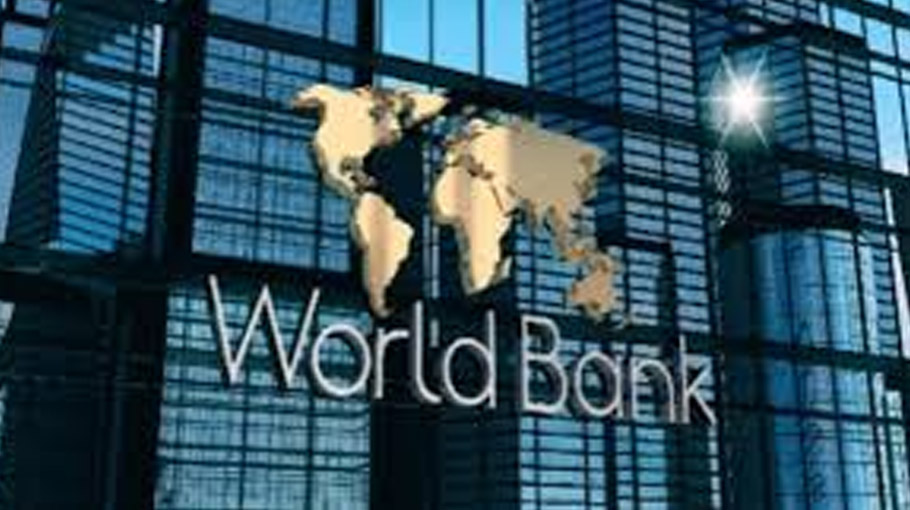Bangladesh can return to inclusive growth path with reforms: WB

Bangladesh's post-COVID recovery continues to be impacted by high inflation, balance of payments deficit, financial sector vulnerabilities and increasingly limited job opportunities for its youths, especially women and educated youths, says the World Bank.
The multinational lender that provides financial support to developing countries for projects aimed at reducing poverty and fostering economic development said this in its twice-yearly-update, released on Tuesday.
“In recent years, Bangladesh’s growth has not translated into job creation for the large number of youths entering the job market every year. Particularly, the educated youth and women faced difficulty in getting jobs to fulfill their aspirations,” said Abdoulaye Seck, World Bank Country Director for Bangladesh and Bhutan.
He went on to say, “But time and again, Bangladesh has shown extraordinary resilience and determination in the face of adversity. I am confident that with urgent and bold reforms to enhance economic and financial governance, improve business environment, Bangladesh can return to a strong and inclusive growth path, with millions of jobs for its youth.”
The latest Bangladesh Development Update highlights that global and domestic factors have created a challenging macro-fiscal context for the country.
Bangladesh's real GDP growth moderated to 5.2% in FY24, primarily due to weak consumption and exports.
It is projected to decelerate to 4.0 percent in FY25, driven by subdued investment and industrial sector activities, before accelerating to 5.5 percent in FY26 and returning to a robust growth trajectory thereafter.
Bangladesh also faces increasing income inequality, particularly in urban areas. From 2010 to 2022, Bangladesh's Gini index—a measure of income inequality—increased by nearly three points from 0.50 to 0.53.
The report highlights urgent and bold reforms that are necessary to help the country return to a strong, inclusive and sustainable growth path.
Despite the overall unemployment rate declining between 2016 and 2022, young people face significantly higher unemployment rates, particularly in urban areas.
The availability of jobs has declined for urban educated youth, and job creation in large industries, like the ready-made garments sector, has stagnated. Since 2016, while more jobs were created in Dhaka, three divisions—Chattogram, Rajshahi, and Sylhet—faced significant net employment losses.
Inflation, driven by high food and energy prices, averaged 9.7% in FY24. Inflation spiked in the month of July and moderated in August. It is expected to remain elevated in the near term, but gradually subside in the medium term if supply-side issues stabilize and prudent monetary and fiscal policies are maintained.
The fiscal deficit is estimated to have moderated marginally to 4.5% of GDP in FY24 and is expected to remain within the government's target of 4.3 percent of GDP in FY25, with fiscal space for productive expenditures increasing only gradually.
The implementation of the Annual Development plan declined to 80.9 percent in FY24 compared to 85.2 percent in FY23.
The current account deficit narrowed to $6.5 billion in FY24, thanks to a contraction in imports and robust remittances. Remittances declined in July due to disruptions but rebounded. The balance of payments deficit also improved.
“Pressure on the external sector is expected to persist in FY25, easing later if global conditions improve and exchange rate flexibility increases,” said Dhruv Sharma, World Bank Senior Economist and Co-author of the report.
In May 2024, Bangladesh Bank implemented a crawling peg exchange rate system as a step towards a market driven exchange rate system.
This led to a narrowing in the gap between the formal and informal exchange rates. While the banking sector faces tight liquidity conditions and elevated non-performing loans the Bangladesh Bank has made restoring discipline and stability in the sector a priority alongside managing inflation.




